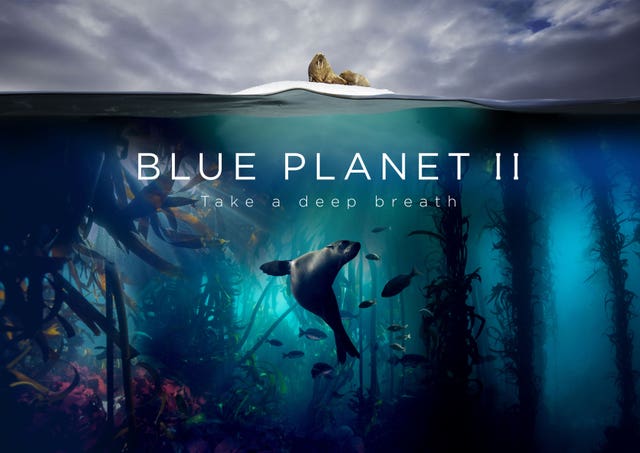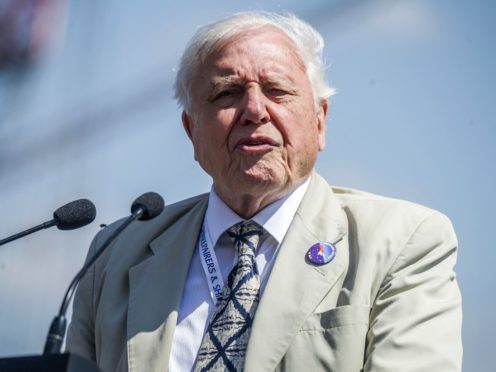He has explained some of the natural world’s greatest wonders but there is one thing that leaves Sir David Attenborough “baffled” – modern abbreviations.
The veteran broadcaster, 92, says he has to ask the younger generations of his family to make sense of today’s language.
“I can’t think in the way that people who use tablets do, I can’t use that kind of language, I can’t use that kind of spelling … ”, he tells The Arts Hour.
“The speed at which they do it, the abbreviations they use.

“I have to go and ask my daughter, or my granddaughters … what these extraordinary three or four letter abbreviations mean.”
And he tells the BBC World Service show: “(Young people) certainly have a different way of appreciating stories which baffle elderly people. I am extremely antique you know, I’m in my nineties.”
The Blue Planet and Dynasties narrator also gives an insight into how he prepares for his broadcasts.
“It would be shameful if there wasn’t (an element of performance), if you thought you were mumbling to yourself,” he says.

“On an hour’s film, I might spend a week getting the words right because they have to be just enough.
“Nothing more infuriating than a commentary which tells you what you can already see, and you don’t want to use adjectives, glorious and wonderful and so on, telling people what to think …
“Commentary writing takes a lot of care, by the time you’ve done it, you ought to know it so well that you can almost do it with your eyes shut.”
He also reveals how he used to recruit trainees when he was working as a producer.
“We would have a formal conversation then we would go down to the bar … and have a drink and I would try and encourage them to tell me a funny story,” he says.
“If he couldn’t tell me a funny story and make me laugh or at least a story that would hold my attention, then no good … If you don’t know how to tell a story then you shouldn’t be making a film.”
The Arts Hour with Sir David Attenborough airs on January 5 at 8pm on the BBC World Service.
